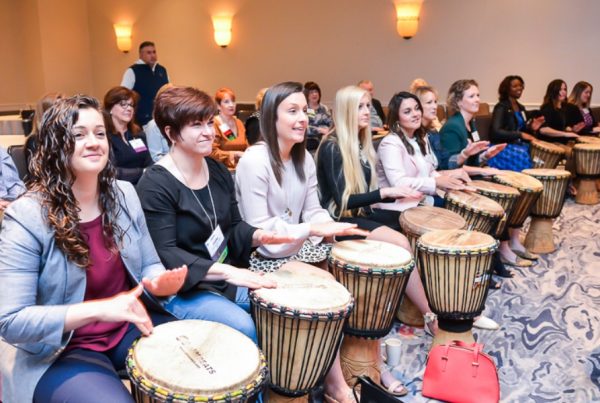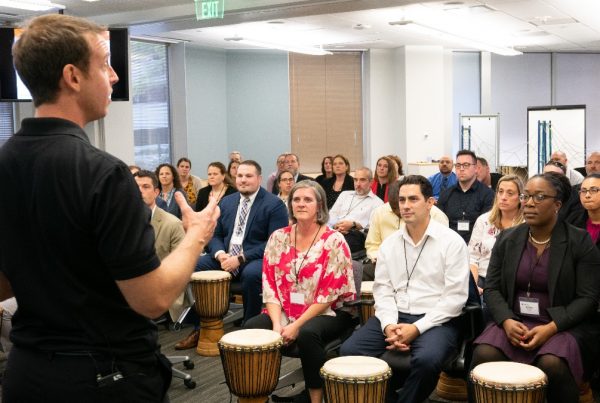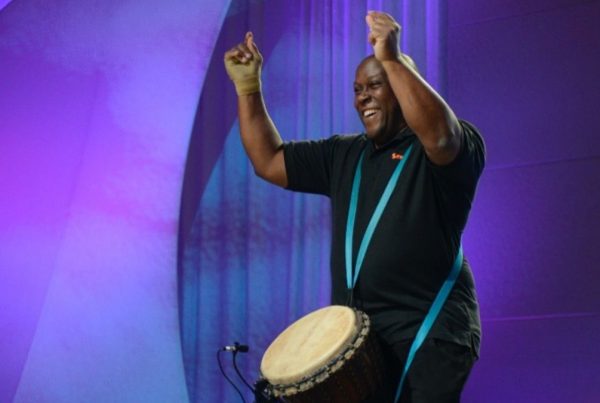Diversity refers to the differences that exist between individuals and groups, including differences in race, ethnicity, gender, sexual orientation, age, religion, culture, and more. Recognizing and valuing diversity in the workplace is important, as it promotes inclusivity, creativity, and innovation. Here are some of the different types of diversity:
1. Racial and Ethnic Diversity
This type of diversity refers to differences in skin color, language, culture, and nationality. According to a report by the McKinsey Global Institute, companies with more racial and ethnic diversity tend to have better financial performance [1].
2. Gender Diversity
This type of diversity refers to differences in gender identity and expression. Having a gender-diverse workforce can lead to better decision-making, improved creativity, and increased innovation [2].
3. Age Diversity
This type of diversity refers to differences in age, including both younger and older employees. Research has shown that companies with a diverse age range tend to have lower turnover rates and increased productivity [3].
4. Sexual Orientation and Gender Identity Diversity
This type of diversity refers to differences in sexual orientation and gender identity. A study published in the Harvard Business Review found that employees who feel free to be themselves at work are more likely to be satisfied with their jobs, be more engaged, and have higher levels of commitment to their organizations [4].
5. Ability Diversity
This type of diversity refers to differences in physical and mental abilities. According to a report by the Society for Human Resource Management, companies with a focus on disability inclusion tend to have higher levels of innovation and better financial performance [5].
Looking for an experiential DEI training program that is both fun and effective? Get in touch with us at connect@sewabeatsusa.com or 1-800-273-1465.
Sources:
[1] Hunt, V., Layton, D., & Prince, S. (2015). “Why diversity matters.” McKinsey & Company.
[2] Credit Suisse Research Institute. (2014). “The CS Gender 3000: Women in Senior Management.”
[3] Ng, E. S., Schweitzer, L., & Lyons, S. T. (2010). “New generation, great expectations: A field study of the millennial generation.” Journal of Business and Psychology, 25(2), 281-292.
[4] Hewlett, S. A., Marshall, M., & Sherbin, L. (2013). “How diversity can drive innovation.” Harvard Business Review.
[5] Society for Human Resource Management. (2018). “The business case for hiring workers with disabilities.”





